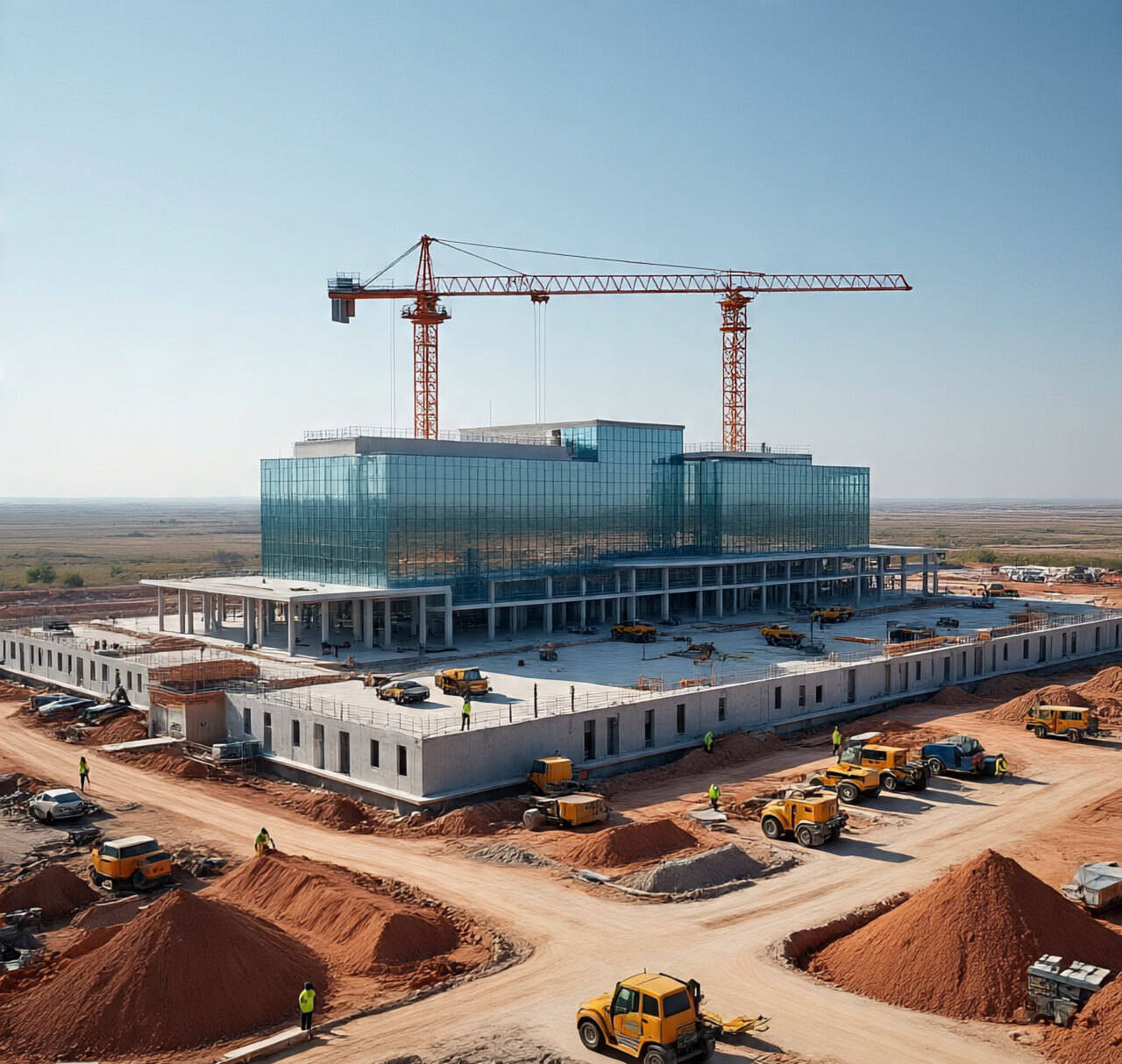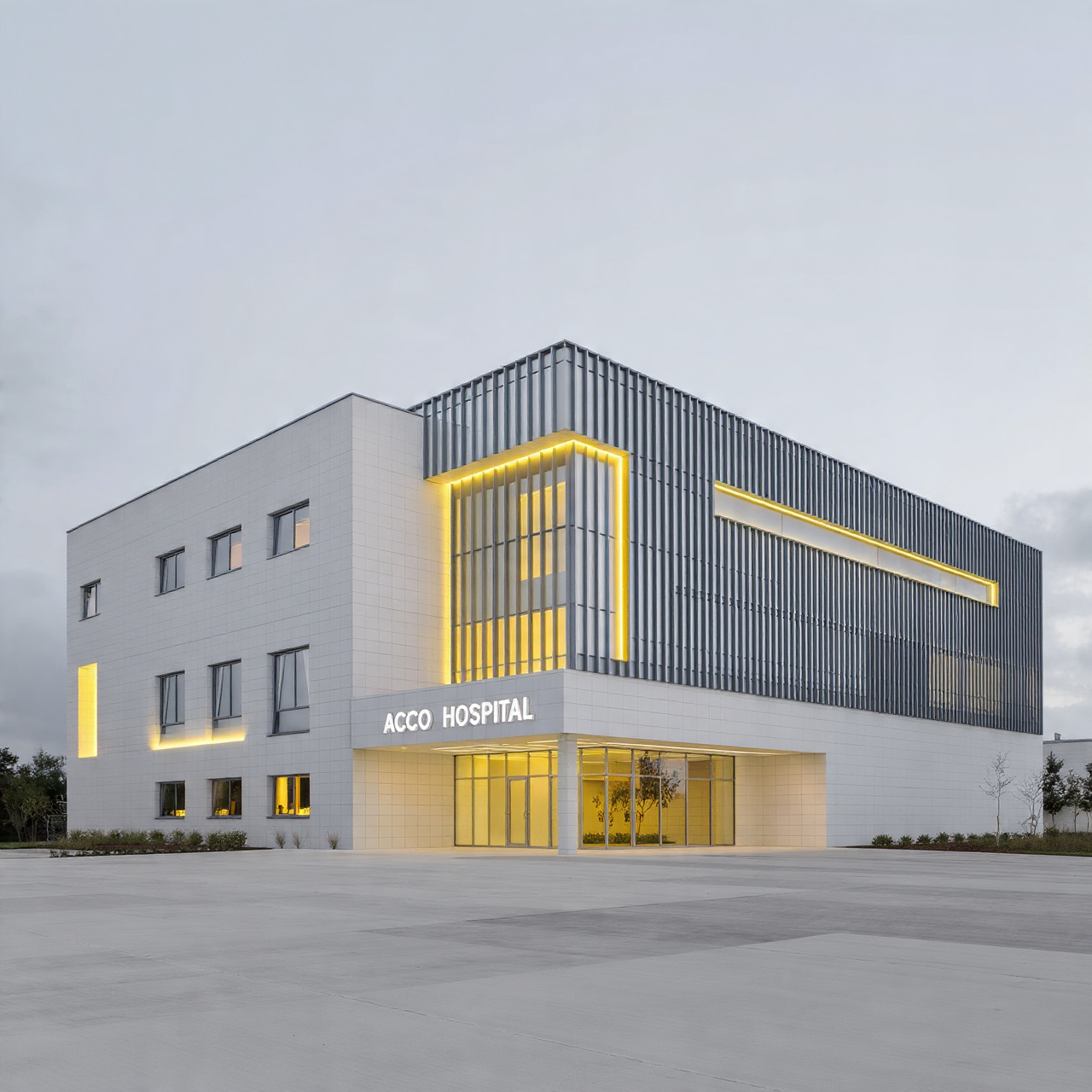
Best Architects Designing Emergency & Trauma Centers in Pakistan
Emergency and trauma centers are the backbone of any healthcare system, providing critical care during life-threatening situations. In Pakistan, the demand for well-designed emergency and trauma facilities has grown significantly due to increasing urbanization, population density, and the prevalence of accidents and medical emergencies. Leading architects in the country are rising to the challenge, delivering cutting-edge designs that prioritize efficiency, safety, and patient care.
Importance of Emergency & Trauma Center Design
A well-designed emergency and trauma center can:
- Save Lives:
- Facilitate rapid response and treatment for critically ill or injured patients.
- Ensure smooth patient flow from triage to treatment areas.
- Enhance Operational Efficiency:
- Minimize travel distances for staff with strategic placement of equipment and facilities.
- Integrate advanced technologies for real-time monitoring and communication.
- Ensure Safety and Compliance:
- Incorporate infection control measures and disaster preparedness plans.
- Meet international healthcare standards and local regulatory requirements.
- Support Staff and Patients:
- Provide ergonomic workspaces for medical staff.
- Create comfortable and accessible spaces for patients and their families.
Key Features of Emergency & Trauma Center Design
- Strategic Layout:
- Separate zones for triage, stabilization, and treatment to streamline workflows.
- Easy access to operating rooms, imaging facilities, and intensive care units (ICUs).
- Advanced Technology Integration:
- Equip centers with modern diagnostic tools and telemedicine capabilities.
- Use smart systems for resource management and patient tracking.
- Patient-Centric Design:
- Incorporate private and semi-private areas to ensure patient privacy.
- Use calming interiors and natural light to reduce stress.
- Safety and Resilience:
- Design for seismic resistance and climate resilience, especially in high-risk areas.
- Include emergency power backups and robust infrastructure.
- Accessibility:
- Ensure barrier-free access for patients and staff.
- Provide clear signage and wayfinding systems.
Leading Architects in Emergency & Trauma Center Design in Pakistan
- ACCO Architects:
- Known for their expertise in sustainable healthcare design, ACCO Architects have delivered state-of-the-art emergency and trauma centers across Pakistan.
- Focus on integrating energy-efficient systems, patient-centered layouts, and advanced medical technologies.
- Arif Habib Dolmen Group:
- Renowned for designing high-capacity emergency facilities in urban areas.
- Their projects emphasize efficient workflows, safety, and scalability.
- Habib Fida Ali Architects:
- Specialize in blending functionality with aesthetic appeal.
- Known for innovative use of materials and cutting-edge designs.
- NESPAK (National Engineering Services Pakistan):
- A government-owned firm with expertise in large-scale healthcare projects.
- Deliver trauma centers equipped with modern infrastructure and compliance with international standards.
- Shan A. Zamir Architects:
- Focus on community-based healthcare facilities, ensuring accessibility and affordability.
- Emphasize culturally sensitive designs that cater to diverse patient needs.
Notable Emergency & Trauma Centers in Pakistan
- Aga Khan University Hospital Emergency Department (Karachi):
- A flagship facility offering world-class emergency services.
- Features advanced diagnostic equipment and patient-focused spaces.
- Shaukat Khanum Memorial Cancer Hospital Emergency Unit (Lahore):
- Specializes in oncology emergencies with a focus on rapid diagnosis and treatment.
- Designed for efficiency and patient comfort.
- Lady Reading Hospital Trauma Center (Peshawar):
- Serves as a regional hub for trauma care.
- Incorporates modern facilities and disaster preparedness measures.
- Indus Hospital Emergency Facility (Karachi):
- A charitable initiative offering free emergency care.
- Designed with innovative solutions to maximize resource utilization.
Challenges and Opportunities
- Challenges:
- Limited budgets for public sector projects.
- Navigating complex regulatory frameworks.
- Addressing cultural and logistical barriers in rural areas.
- Opportunities:
- Increased government and private sector investment in healthcare infrastructure.
- Adoption of global best practices and technologies.
- Collaboration between architects, healthcare providers, and policymakers.
Conclusion
Emergency and trauma centers are critical for saving lives and improving healthcare outcomes in Pakistan. The nation’s top architects are playing a vital role in shaping these facilities, combining innovative designs with functional excellence. By focusing on sustainability, patient care, and advanced technology, Pakistan can create a network of world-class emergency and trauma centers that meet the needs of its growing population.




